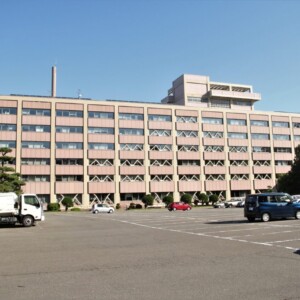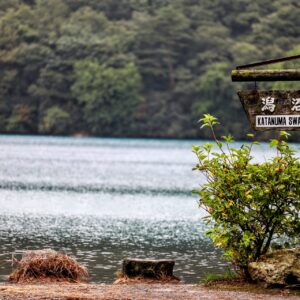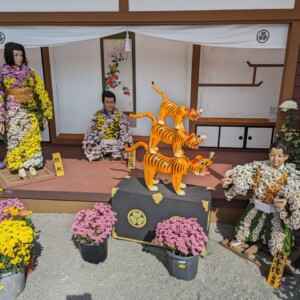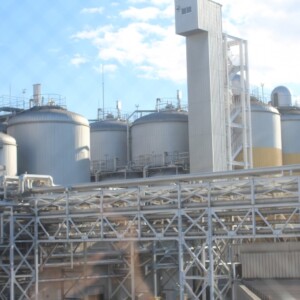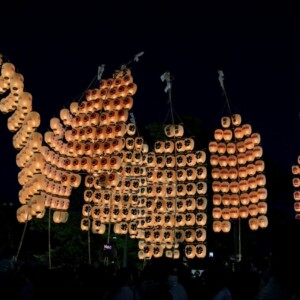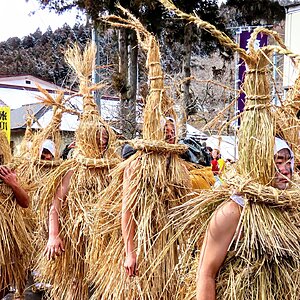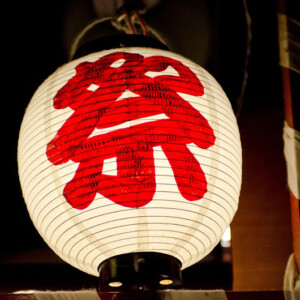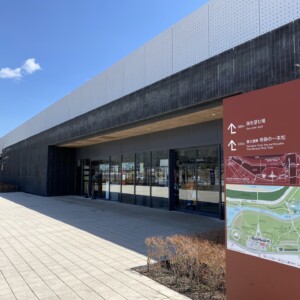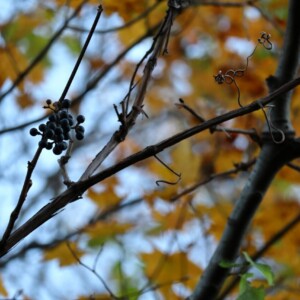
The foundation of Akita City is the castle town of Kubota Castle, created by Satake Yoshinobu [Akita Prefecture]
table of contents
- 1 Construction of Kubota Castle began immediately after Akita was transferred.
- 2 Kubota Castle did not have a castle tower from the beginning. The moat renovates the natural river
- 3 Construction of the castle town began at the same time as Kubota Castle was built.
- 4 Kubota Castle and castle town, where most of the buildings were destroyed in a huge fire during the Meiji period.
- 5 Senshu Park is a redesigned Japanese garden built on the site of Kubota Castle.
- 6 Omonogashira Gobansho, the only building from the Edo period remaining in Senshu Park
- 7 Kubota Castle lookout point. Restored “Kubota Castle Osumi Yagura”
- 8 The front gate of Kubota Castle, restored based on illustrations etc.
- 9 ``Former Kurosawa Family Residence'', a very valuable samurai residence that still retains its appearance from the Edo period
- 10 “Jositei Garden” was built outside Kubota Castle as a resting place for the feudal lord.
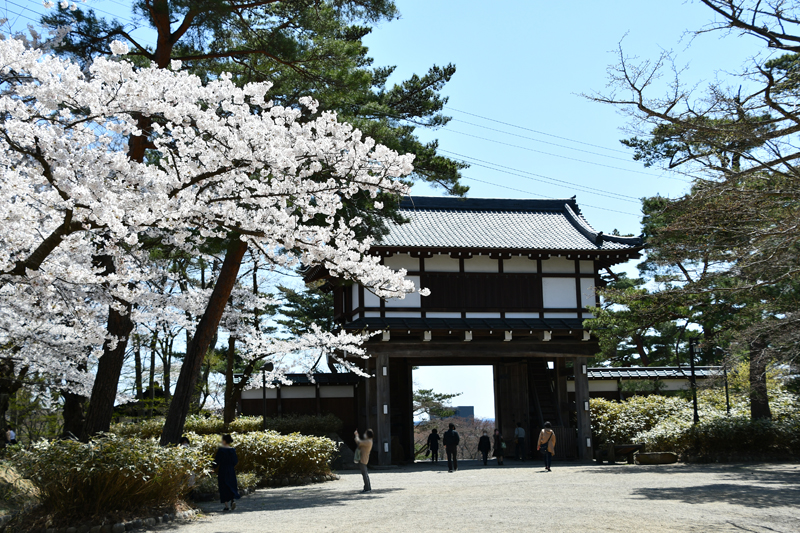
Akita City "began in 1602, when Yoshinobu Satake moved to another country," says the Akita City website.
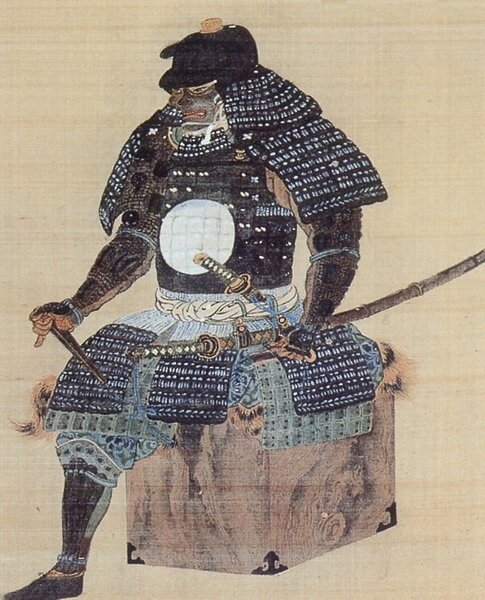
Satake Yoshinobu came to Akita in 1602.
He was ordered by Tokugawa Ieyasu, the shogun of the Edo Shogunate, and moved to Hitachi Province (Hitachikuni/Ibaraki Prefecture), where he had been accustomed to living in for many years, with his clan-roman. The Satake clan was liked by Toyotomi Hideyoshi, and in Hitachi Province, it boasted a large force, boasting a height of about 540,000 koku.
However, during the Battle of Sekigahara (1600), he took an ambiguous attitude of not engaging with either Hideyoshi or Ieyasu, and the victory of Ieyasu was badly confirmed, and the victorious spirit was reduced to 200,000 koku and ended up going to Akita (Dewa Province), the northern country of the time, which was the most strange thing.
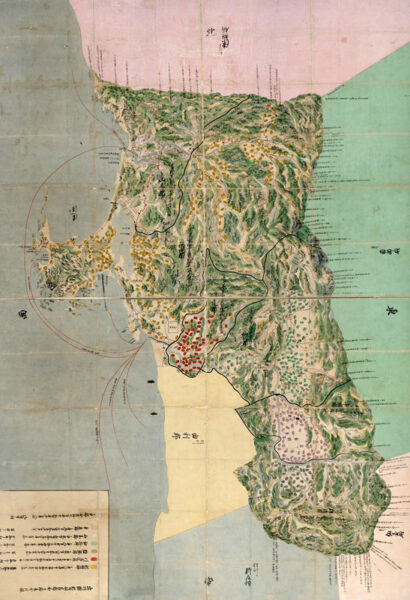
Construction of Kubota Castle began immediately after Akita was transferred.
At that time, Akita was ruled by a powerful family called the Akita clan, but at the same time that the Satake clan was ordered to move to Akita, they were also ordered to move to Hitachi province to replace the Satake clan. The Akita clan built a minato castle at Tsuchizaki Minato (present-day Tsuchizaki Minato, Akita City) as their base, and Yoshinobu also initially moved into the minato castle.
However, it seems that Minato Castle was too small for the vassals of the Satake clan, who were feudal lords with an income of over 500,000 koku, to live in, so Yoshinobu immediately decided to build a new castle in a place called Kubota. Construction of the castle began in 1603 and continued until around 1631.
Kubota Castle did not have a castle tower from the beginning. The moat renovates the natural river

At that time, the center of what is now Akita City was Tsuchizaki Minato at the mouth of the Omonogawa River, and Minato Castle was also located in this area. However, Yoshinobu built a castle a little further away in a place called Kubota on the banks of the Asahi River, a tributary of the Omonogawa River, and began building a new town.
The main castle was chosen at the top of a small hill called Shinmeizan, and although the reason is unclear, Yoshinobu did not build a castle tower from the beginning.
The Ninomaru is located on the southeast side of the main castle, and the inner moat surrounds the main castle and Ninomaru. To the north of the main castle is Sannomaru, with an outer moat enclosing the east side, and on the northwest side is a wetland created by Asahikawa.
The wetlands have become natural utilities. It is said that the natural river was converted into a moat over many years of construction. Another feature of Kubota Castle is that there is no stone wall.
Construction of the castle town began at the same time as Kubota Castle was built.
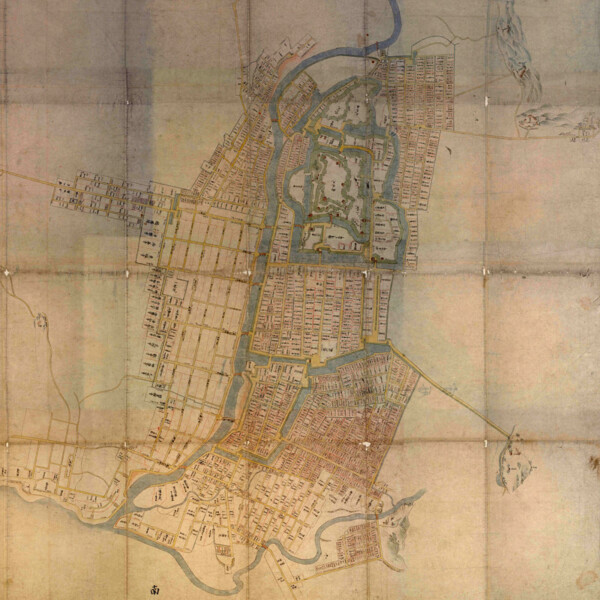
Yoshinobu builds the town around Kubota Castle the inner town around the castle , and townspeople lived on the west side of the castle on the opposite bank across Asahikawa.
The town town is a Tomachi , and is said to have brought merchants from Tsuchizaki Minato to create a town. The town was organized by occupation and was very well designed.
Temples are located further outside the outer town. Many of the temples were located in Tsuchizaki or relocated there, but there were also temples that accompanied the Satake clan from Hitachi Province.
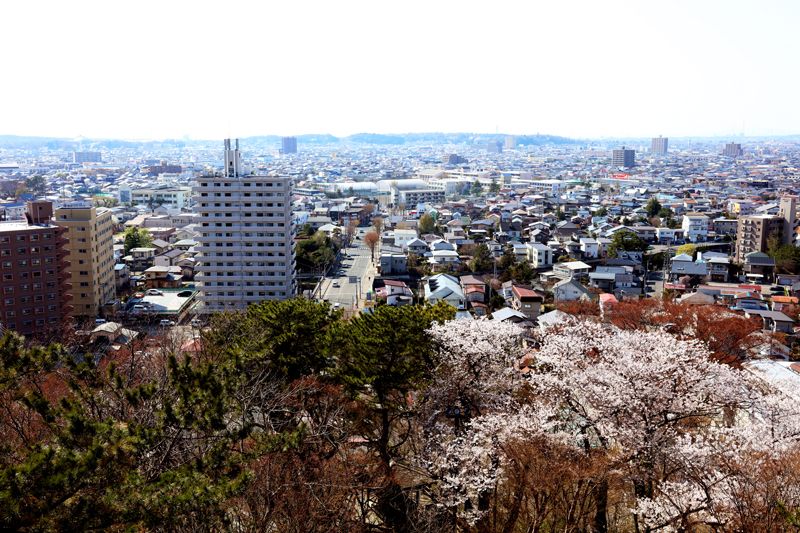
Kubota Castle and castle town, where most of the buildings were destroyed in a huge fire during the Meiji period.
The Akita Domain (Kubota Domain) joined one of the few new government forces in the Tohoku region during the Boshin War (1868-1869) during the Meiji Restoration.
The Aizu Domain, Shonai Domain, and Nanbu Domain, all the Tohoku domains, formed an Ouuetetsu Repper Domei to counter the new government. The Akita Domain initially joined the alliance and fought against the government forces, but later resigned and joined the new government forces.
The Boshin War was a great success against the new government forces, but many castles, towns and settlements were destroyed in the battle. It is said that Kubota Castle was attacked by the Allied forces but suffered little damage.
However, in the huge fire that occurred in 1880 (Meiji 13), all buildings in Kubota Castle and the inner town were burned down, leaving behind the Imperial Palace and the back gate.
the Tawaraya Kaji fire that occurred in 1886 (Meiji 19) almost all of the buildings in Teramachi and Outside Town were burned down. After that, many fires have been hit, and unfortunately there are few old buildings remaining in Akita City.
After the great fire, Kubota Castle Park , and some buildings have been restored.
Senshu Park is a redesigned Japanese garden built on the site of Kubota Castle.
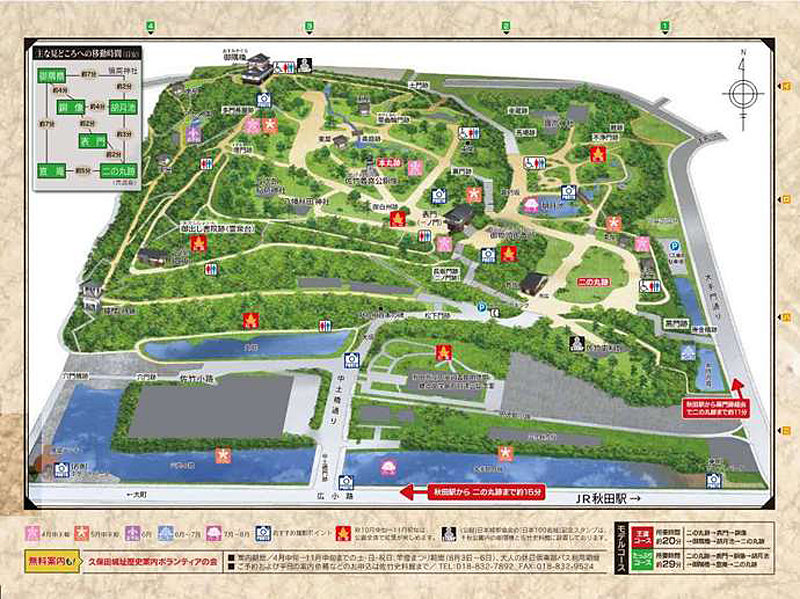
This park has been built on the site of Kubota Castle. The ruins of Kubota Castle, where most of the buildings, including the main castle, were lost in a fire, have been turned into a park designed as a Japanese garden by Nagaoka Yasuhei, a pioneer in modern park design.
Chiaki in Chiaki Park combines the "Sen", which means "Chokyu" (long-lasting autumn) in Akita, and was named by Kanon Ryochi, a Chinese scholar from Akita Prefecture.
Inside the park, the stone steps of the main enclosure, the ruins of the gate, the gatehouse, and part of the moat remain, as well as the Osumi Yagura and the front gate, which have been restored. It is known as a famous cherry blossom viewing spot, and admission is free.
Chiaki Park<Information>
- Facility name: Senshu Park
- Location: 1-1 Chiaki Park, Akita City, Akita Prefecture
- Phone number: 018-888-5753
- Free admission
- Open all year round
- URL: Chiaki Park
- access:
- Railway: Approximately 5 minutes' walk from Akita Station on the Akita Shinkansen/Ou Main Line to Pocket Park, and approximately 15 minutes to Ninomaru.
- Car: Approximately 15 minutes by car from Akita Expressway Akita Chuo IC
Google Map
Omonogashira Gobansho, the only building from the Edo period remaining in Senshu Park
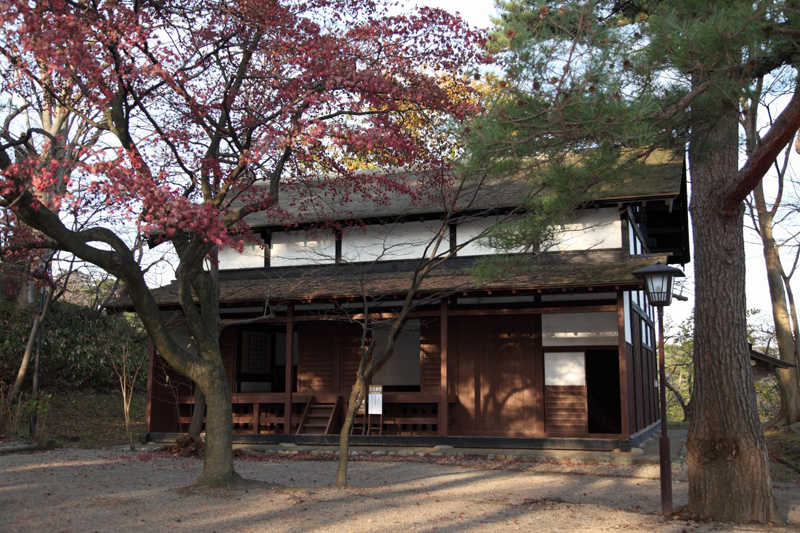
Omonogashira Gobansho (Omonogashira Gobansho) the only building from the Edo period that still exists . It is thought to have been built in the middle of the Edo period, and was a post for the ashigaru who were in charge of extinguishing fires within Kubota Castle. a cultural property designated by Akita City .
Gomonogashio Gobansho <Information>
- Facility name: Omonokami Gobansho
- Location: Inside Chiaki Park
- Phone number: 018-888-5753
Kubota Castle lookout point. Restored “Kubota Castle Osumi Yagura”
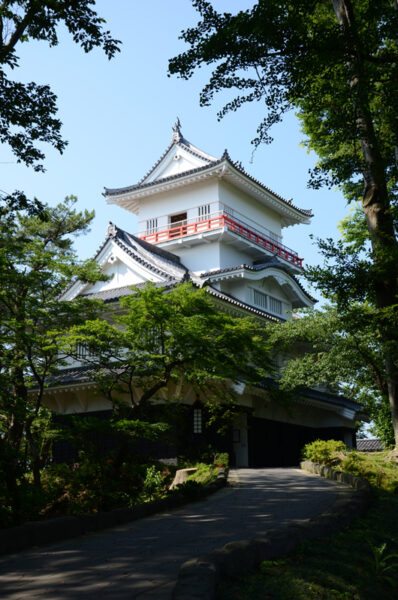
Kubota Castle Osumi Yagura (Kubota Castle Osumi Yagura) was a turret located at the northwest corner of Kubota Castle, and served as a lookout point and armory. When restoring this turret, it was built as a two-story building based on historical materials, and an observation room with a panoramic view of Akita city was built on the upper floor.
Kubota Castle Osumi Yagura <Information>
- Facility name: Kubota Castle Osumi Yagura
- Location: Inside Chiaki Park
- Phone number: 018-888-5753
- Opening hours: 9:00-16:30 (until 19:00 on summer holidays for municipal elementary and junior high schools)
- Admission fee: 100 yen (free for high school students and under)
- Closed: December 1st to March 31st of the following year
The front gate of Kubota Castle, restored based on illustrations etc.
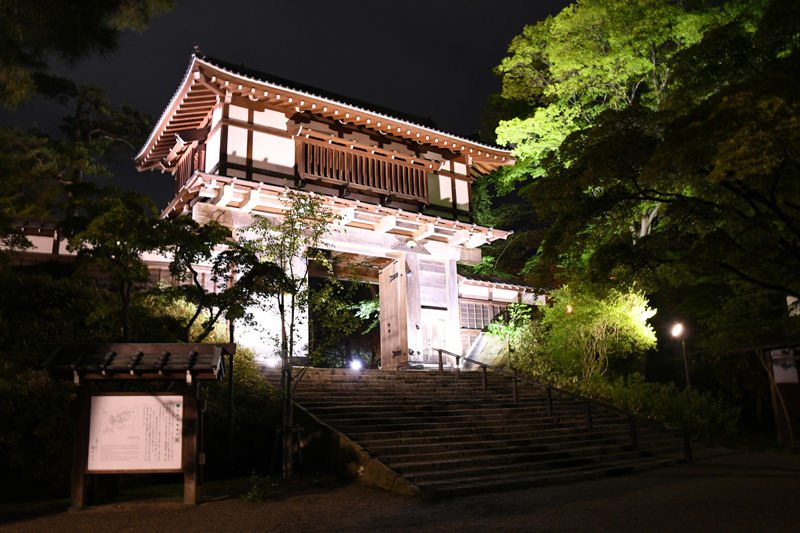
Kubota Castle Front Gate is a reconstruction of the main gate of Kubota Castle's main enclosure. The two-story gate was rebuilt with a tiled roof based on historical materials and drawings.
Kubota Castle Front Gate<Information>
- Facility name: Kubota Castle front gate
- Location: Inside Chiaki Park
- Phone number: 018-888-5753
- Free tour
``Former Kurosawa Family Residence'', a very valuable samurai residence that still retains its appearance from the Edo period

The former Kurosawa family residence was the residence of a senior samurai of the Akita clan, and is a nationally valuable residence with most of the buildings from the Edo period remaining intact. In the Akita domain, samurai residences were the property of the domain and were allocated according to social status. They often moved due to promotions, transfers, or the circumstances of the domain, and this mansion also changed to the Haga family, the Akada family, the Yoshinari family, and the Hirai family, and the Kurosawa family had lived there since 1829.
The Kurosawa family residence was located in 3-chome Nakadori, Akita City, but was moved to Hitotsumori Park in 1985. The former Kurosawa residence a nationally designated important cultural property .
Former Kurosawa Residence<Information>
- Facility name: Former Kurosawa residence
- Location: Hitotsumori Park, 297-99 Ishizuka Yachi, Narayama, Akita City, Akita Prefecture
- Phone number: 018-831-0285
- Opening hours: 9:30-16:30
- Vacation days: December 29th to January 3rd
- Admission fee: 100 yen (free for high school students and under)
- URL: Former Kurosawa Residence
- access:
- Railway/Akita Shinkansen/Ou Main Line From Akita Station, take a route bus and get off at Oto Iriguchi bus stop, then walk for about 25 minutes, or get off at Yokomori 2-chome bus stop, and walk for about 15 minutes.
- Car: Approximately 10 minutes from Akita Minami IC on the Akita Expressway or approximately 15 minutes from Akita Chuo IC
Google Map
“Jositei Garden” was built outside Kubota Castle as a resting place for the feudal lord.
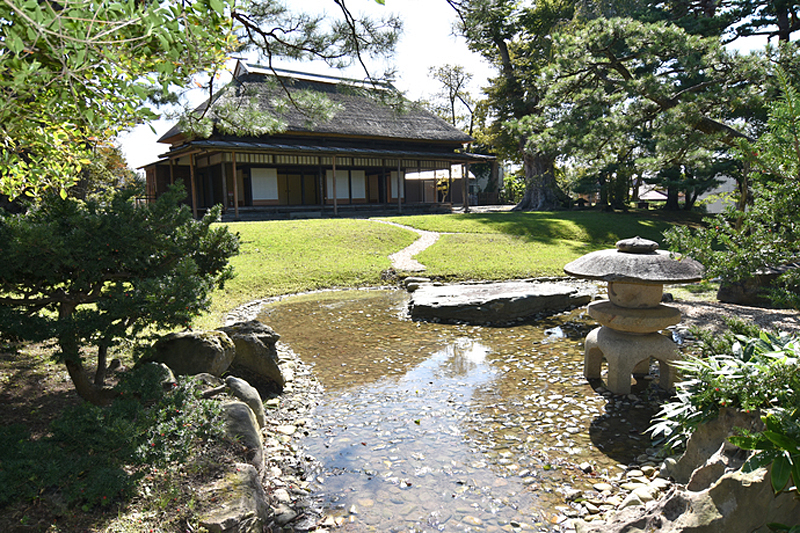
Joshitei Garden, a villa of the Satake clan , the former lord of the Akita domain, is a garden maintained by Yoshikazu Satake, the 9th lord of the Akita domain. Since 2014, restoration work has been carried out based on historical materials and the park opened in 2017. It has been designated as a national scenic spot
Jositei Garden<Information>
- Facility name: Former Akita feudal lord Satake clan villa (Jositei) garden
- Address: 2-73 Asahikawa Minamicho, Akita City, Akita Prefecture
- Phone number: 018-834-6300
- Opening hours:
- April to November/9:00 to 16:30
- December-March/9:30-16:00
- Admission fee: 210 yen (free for high school students and below)
- Closed: December 29th to January 3rd
- access:
- Railway: Approximately 10 minutes by bus from Akita Station on the Akita Shinkansen/Ou Main Line, then get off at Karamiden or Ogida bus stop, then approximately 5 minutes on foot.
- Car: Approximately 15 minutes from Akita Expressway Akita Chuo IC or Akita Kita IC






![The development of Akita city began in Tsuchizaki - Tsuchizaki Minato at the mouth of the Omono River, which developed as a center of distribution [Akita Prefecture] 33192efe1595a3309d4e9325ae7a5621](https://jp.neft.asia/wp-content/uploads/2023/12/33192efe1595a3309d4e9325ae7a5621-150x150.jpg)
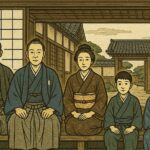
![[Akita Prefecture] Basketball and soccer are hot in the beautiful country of Akita! [Introduction to professional sports in the six prefectures of Tohoku] Akita Basketball](https://jp.neft.asia/wp-content/uploads/2023/04/93431e340c2b9b043057580af04bc990-150x150.jpg)
![Hot springs gush out in a place where there are no volcanoes! "Yuzawa Geopark" where you can see the mystery of the earth up close [Akita Prefecture] 4550228_m](https://jp.neft.asia/wp-content/uploads/2023/02/4550228_m-150x150.jpg)
![[Craft beer from Akita Prefecture] 5 local beers that you can enjoy unique flavors! craft beer](https://jp.neft.asia/wp-content/uploads/2022/07/23512506_m-150x150.jpg)
![The pride of the six Tohoku prefectures: "Constructed in peacetime, yet with a sturdy structure!" Kubota Castle, located in a prime location in front of the station [Akita City, Akita Prefecture] Akita Catch](https://jp.neft.asia/wp-content/uploads/2025/08/979a38324ff45520e274bdc0cee6df5e-150x150.jpg)
![The history of Odate, which played an important role in the borders of the domain during the Meiji Restoration [Akita Prefecture] 1_IMGP2135](https://jp.neft.asia/wp-content/uploads/2024/02/1_IMGP2135-1-150x150.jpg)
![[First] Sugae Masumi walked in Oga Peninsula - Sankaze Mountain and the Head Mountains of Faith [Akita Prefecture] 1. Group of strange rocks_Akikaze_Archives](https://jp.neft.asia/wp-content/uploads/2024/10/af533a619304de93bb8c3974f774074e-150x150.jpg)

